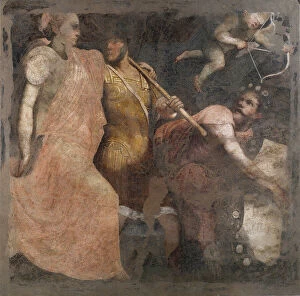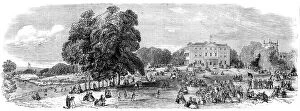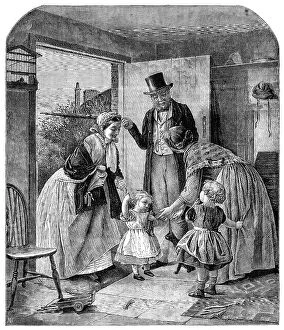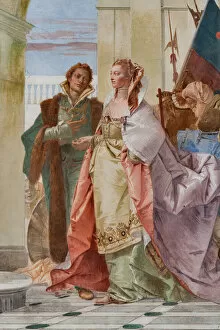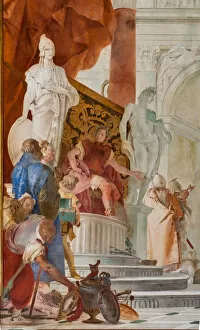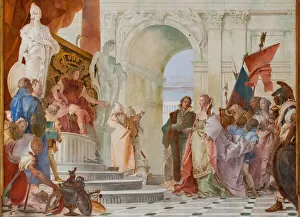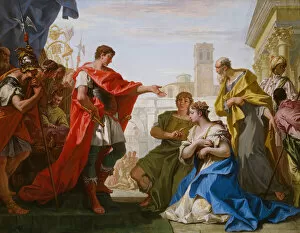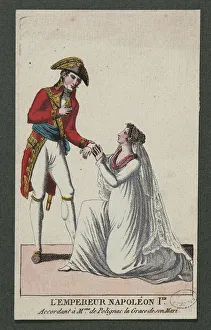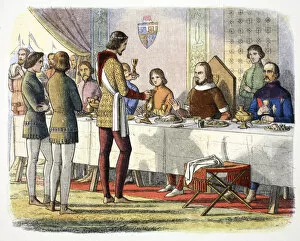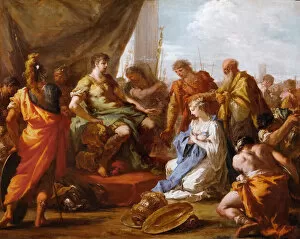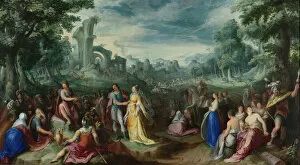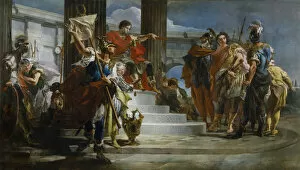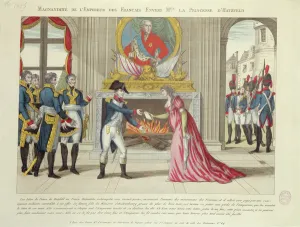Magnanimity Collection
Magnanimity, a virtue that transcends time and cultures, is beautifully depicted in various works of art throughout history
All Professionally Made to Order for Quick Shipping
Magnanimity, a virtue that transcends time and cultures, is beautifully depicted in various works of art throughout history. In the tapestry "The History of Hannibal, " created around 1570, we witness the magnanimous spirit of this great military leader. Similarly, in the lithograph "Magnanimity of the Black Prince" from 1356, we are reminded of noble acts performed by historical figures. One cannot overlook Scipio Africanus when discussing magnanimity. The frescoes depicting his character showcase his generosity and benevolence towards others. Whether it be through Sebastiano Ricci's painting "The Continence of Scipio" or Giambattista Tiepolo's fresco "The Magnanimity of Scipio, " these artworks capture moments where he exemplifies this admirable trait. Even Emperor Napoleon I recognized the importance as he granted Madame de Polignac her husband's grace. This act demonstrates how even those with immense power can choose to show compassion and forgiveness. In American history, President Lincoln embodied magnanimity during his entry into Richmond on April 4th, 1865. His famous quote "With malice towards none; with charity for all" reflects his commitment to reconciliation and unity after a long and divisive civil war. Lastly, let us not forget about honoring the vanquished as shown in chromolithographs like "Honour to the Vanquished. " Magnanimity extends beyond victory; it includes treating defeated opponents with respect and dignity. Throughout centuries and across different mediums such as tapestries, lithographs, frescoes, and paintings - from ancient Rome to medieval Europe to modern America - artists have captured moments that embody magnanimity. These artworks serve as reminders that true greatness lies not only in triumph but also in one's ability to extend kindness and mercy towards others.




